How spruce wood uses? Spruce wood is a wood species that is widely used in various industries and applications.
Known for its desirable properties, spruce trees are often preferred for their strength, durability, and light color.
It is commonly used in construction, furniture making, and other woodworking projects.
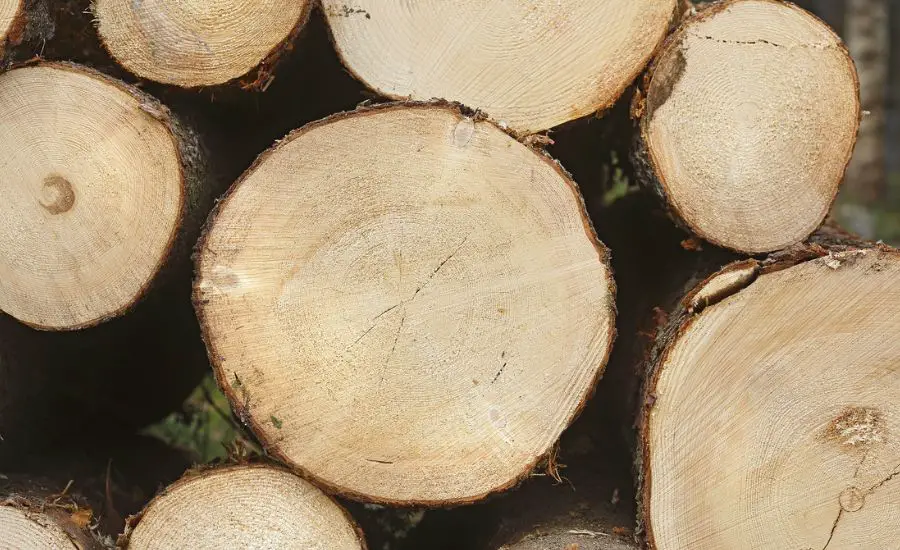
- What can you make out of spruce wood?
- Sitka Spruce
- Christmas Trees
- Construction Lumber
- Spruce Wood Properties
- Norway Spruce Trees
- Red Spruce wood
- Black Spruce wood
- White spruce
- What is spruce traditionally used for?
- Species of Spruce
- Spruce Lumber
- Sounding Boards for Musical Instruments
- Specialty Wood Products
- Packaging Materials
- Carving and Turning
- Aromatherapy and Essential Oils
- Specialty Coffins
- What is special about spruce?
- Spruce Wood Properties
- Tolerance to Cold
- Aesthetic Appeal
- Environmental Impact
- Is spruce better than pine?
- Growth and Distribution
- Strength and Stability
- Specific Applications
- Wood Properties
- Other wood uses
- Summar up
What can you make out of spruce wood?
Spruce wood is highly versatile and finds applications in various contexts due to its desirable properties.
Sitka Spruce
Sitka spruce, a species of spruce, is often used in the construction industry for framing, trusses, and other structural components.
Its strength and straight grain make it suitable for demanding applications.
Sitka spruce wood is used for making strong and lightweight specialty items.
Christmas Trees
During the holiday season, spruce trees, such as the Norway spruce, are commonly harvested and used as Christmas trees.
Their symmetrical shape and dense foliage make them popular choices for festive decorations. The use of spruce as a Christmas tree has become a beloved tradition for many families around the world.
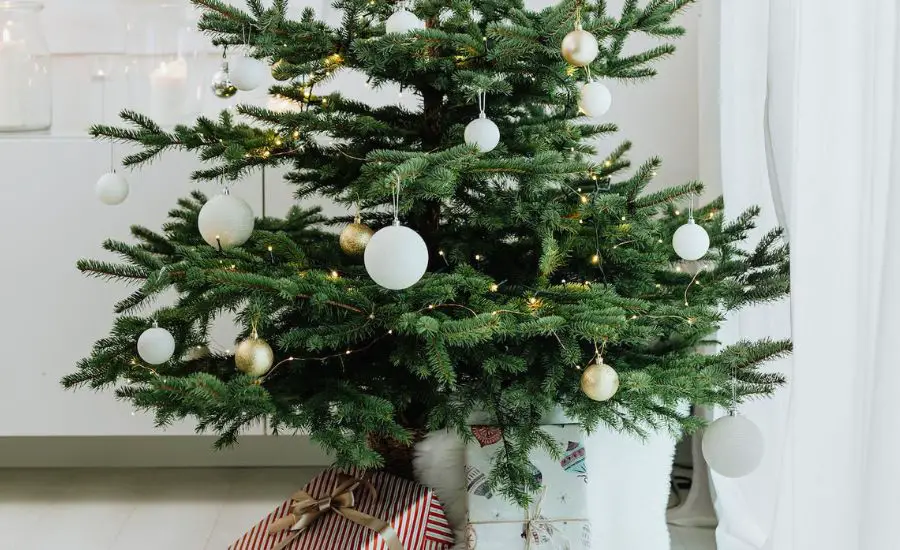
Construction Lumber
Construction lumber refers to the wood components often used in building and development projects. Spruce wood is frequently used as construction lumber due to its strength and availability. It can be used in various applications, including framing, flooring, and paneling.
Spruce Wood Properties
Quality spruce wood is known for its lightness, unprocessed grain, and light color. It is relatively easy to work with, allowing for various finishing techniques. Its lightweight nature makes it suitable for applications where weight is a consideration.
Norway Spruce Trees
Norway spruce trees are among the most common spruce species and are widely distributed across Europe and North America. Norway spruce timber is used for timber production, notably in construction, furniture, and paper-making industries.
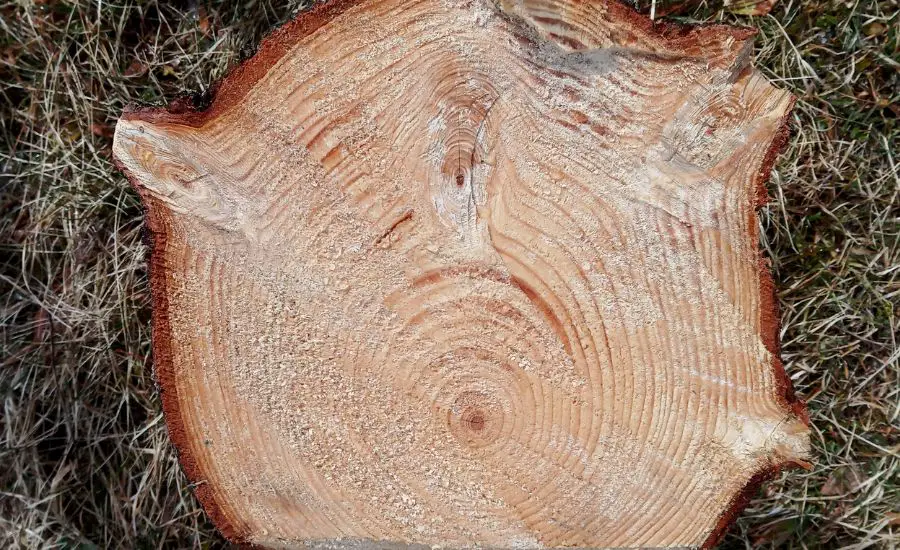
Red Spruce wood
Red spruce wood, derived from the red spruce tree, is known for its strength, durability, and excellent acoustic properties. It is often used in the manufacturing of musical instruments, including guitars, violins, and pianos.
Black Spruce wood
Black spruce wood is another species-specific type of spruce wood.
It is used for various purposes, including cabinetry, flooring, and other interior applications.
Spruce wood, in its various forms, is valued for its slightly resistant internals, strength, versatility, and aesthetic appeal. These examples showcase the diverse uses and applications of spruce wood in different industries and contexts.
White spruce
White spruces are frequently used to produce wood pulp for papermaking because of their superior fibers, which result in paper that is smooth and sturdy.
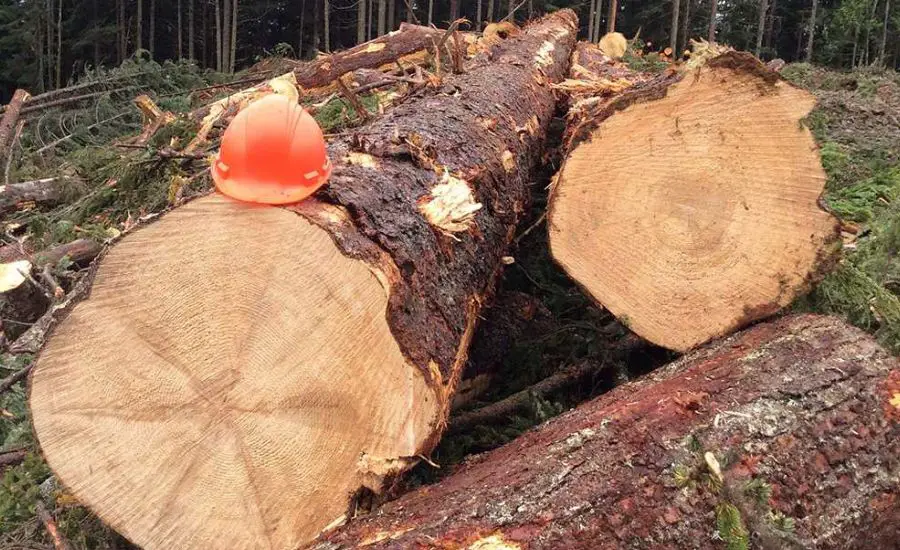
What is spruce traditionally used for?
In this page, we already covered some the examples of spruce wood usage, traditionally this material is used in very similar cases:
Species of Spruce
There are different species of spruce used for various purposes. For instance, The Norway spruce is often used in construction and furniture making. Sitka spruce is widely used in the production of soundboards for musical instruments.
Red spruce is known for its exceptional strength and is used in applications requiring durability, such as bridges and shipbuilding.
White spruce needles are also used as a foundation for spruce essential oil, renowned for its tranquil attributes in the world of aromatherapy, as well as in the creation of all-natural health and beauty goods.
Christmas trees industry uses white spruce for holiday decorations because of its shape, foliage, and fragrance. It is popular in festive celebrations, which leads us to a more traditional way of using it which we will examine later.
Spruce Lumber
The versatile Sitka spruce stands as a commendable choice when it comes to lumber. With its naturally elegant grain and exceptional strength, it has become a staple in various construction endeavors. It is used for framing, flooring, decking, and in the production of wooden beams and trusses.
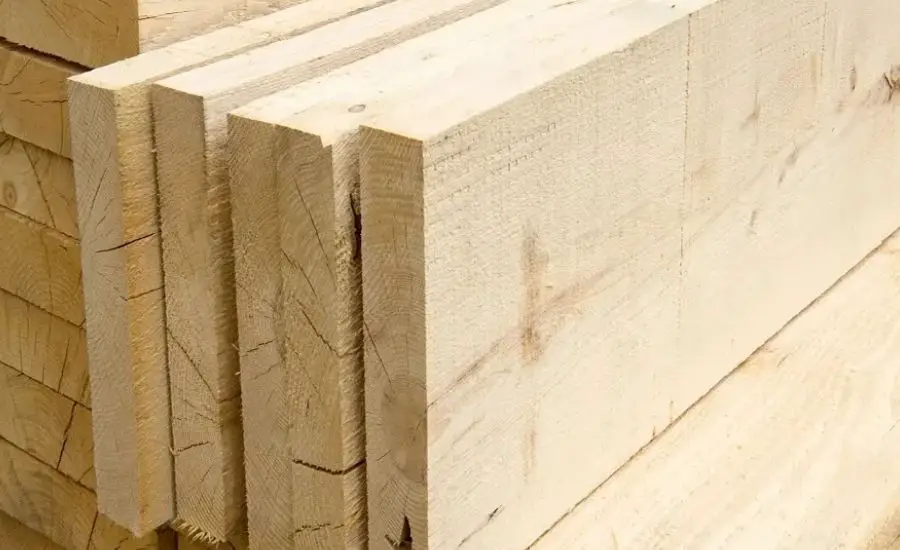
Sounding Boards for Musical Instruments
Spruce species such as German spruce are highly sought after for their excellent resonance and tonal qualities. It is commonly used in the construction of fine-stringed instruments, interior trim, violins, cellos, and guitars.
In this industry, companies use almost all varieties like sitka spruce, white spruce, and black spruce as they all are stable wood with light weight and not expensive in production.
Specialty Wood Products
Spruce wood can be processed into specialty products, such as tongue and groove paneling, moldings, and decorative veneers.
The straight grain and light color of spruce make it suitable for creating visually appealing wood products.
For instance, with white spruce or black spruce, you might create intricate moldings, trim, cabinetry, and mill work, providing a range of decorative and structural options.
Packaging Materials
Spruce wood fibers are crucial in making paper pulp for packaging materials like cardboard boxes, paper bags, and wrapping paper. Spruce pulp is valued for its strength, smoothness, and ability to hold ink well.
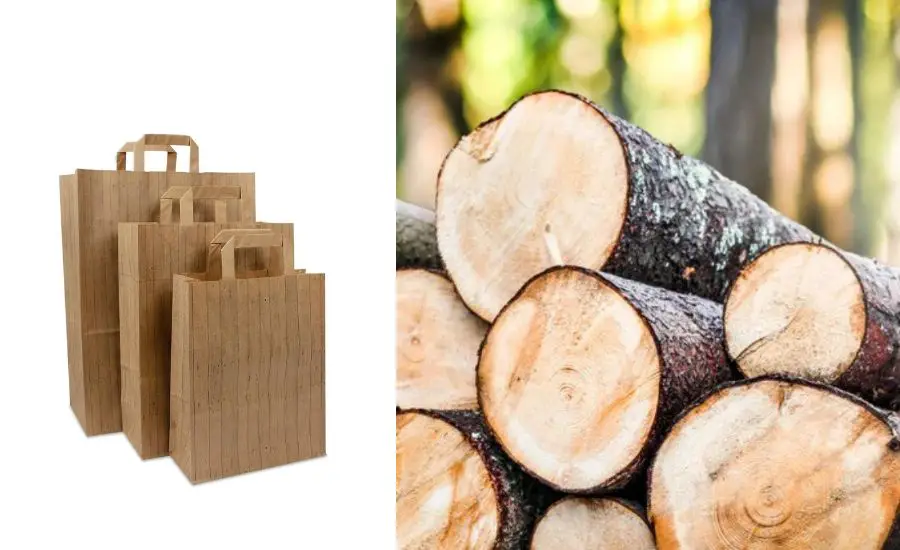
Carving and Turning
Spruce wood’s workability and straight grain make it desirable for carving and turning purposes. It is used by woodworkers and artisans to create intricate carvings, sculptures, and finely crafted wooden bowls.
Aromatherapy and Essential Oils
Spruce essential oil derived from spruce needles is used in aromatherapy for its refreshing and grounding properties. It can be diffused, added to bath products, or used for massage.
Specialty Coffins
Spruce is used for specialty coffins in different cultures due to its straight grain and lightweight.
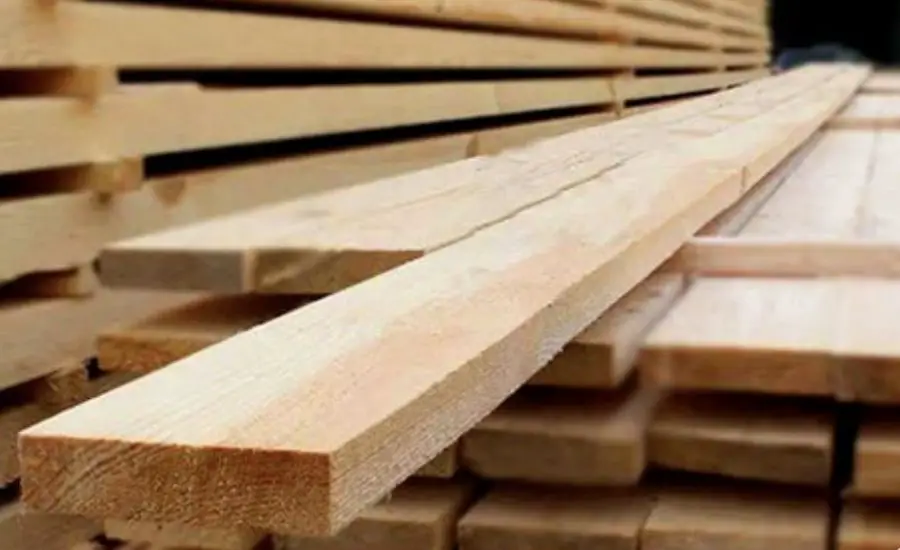
What is special about spruce?
Different types of spruce trees have distinct characteristics that make them remarkable.
Spruce Wood Properties
Spruce wood, known for its strength, low weight, and workability, is highly regarded in various industries. Different species of spruce exhibit distinct properties that make them special:
Norway Spruce
Norway spruce is prized for its straight grain, making it valuable for musical instrument soundboards, construction, and paper pulp production. Average dried weight: about 420 kg m3, ideal for many uses.
Red Spruce
Red Spruce is highly valued for its strength and resistance, making it popular for boat building. The value of skilled craftsmanship lies in its ability to create a uniform texture. The average dried weight of red timber is approximately 26 to 30 pounds per cubic foot (416 to 480 kg/m3).
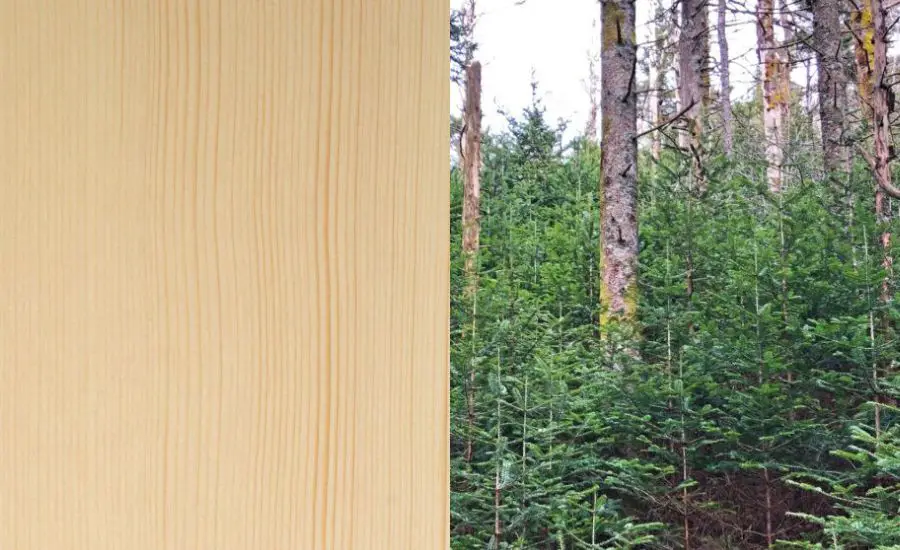
German Spruce
Highly valued in the making of musical instruments due to its specific tonal qualities and straight grain. With an average dried weight of about 450 kg m3, it is often selected for crafting high-quality acoustic instrument soundboards.
Tolerance to Cold
This tree, including many species like the Norway Spruce, is widely recognized for its remarkable adaptability to colder climates.
Their hardiness and ability to withstand harsh winters make them valuable in landscaping and reforestation efforts in northern regions.
Aesthetic Appeal
Certain spruce species, like the Colorado Blue Spruce and the Sitka Spruce, are prized for their striking visual appeal. Their distinct blue and silvery hues contribute to their popularity in ornamental landscaping and as Christmas trees.
Environmental Impact
Spruce wood forests play a crucial role in maintaining ecosystem health. Forests are crucial for wildlife, soil stability, and water regulation in natural environments.
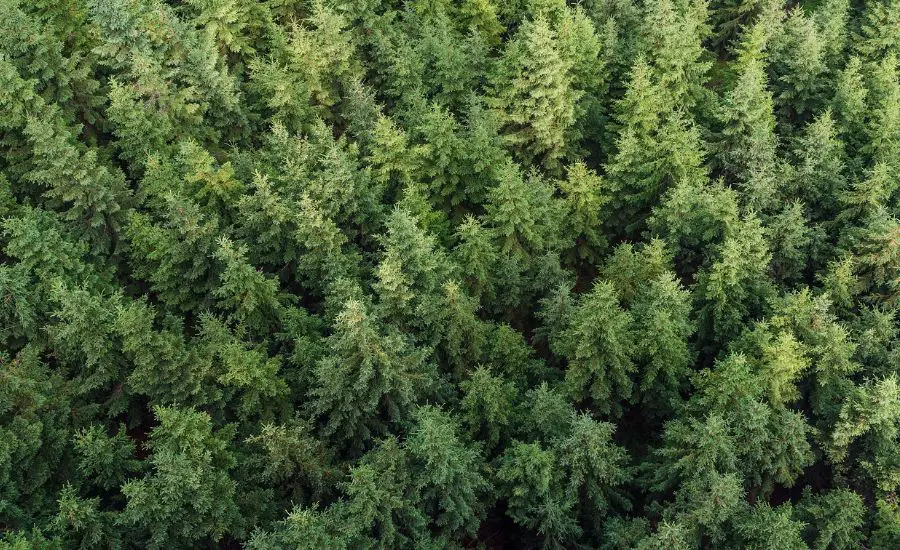
Is spruce better than pine?
Both spruce and pine are highly sought-after for a wide range of uses, but what sets them apart are their distinct qualities and the specific roles they play. Here are some points to consider:
Growth and Distribution
Spruce. Spruce trees are found in northern and Central Europe, as well as in northern North America and eastern North America. They are coniferous trees known for their unprocessed grain and uniform texture.
Pine. Pine trees are more widespread and can be found in various regions, including northern North America, eastern North America, and northern and Central Europe.
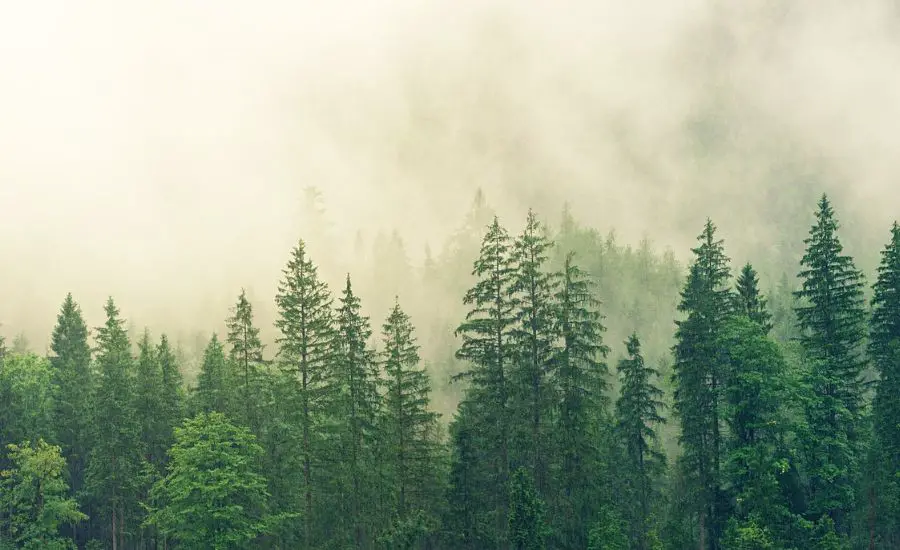
Strength and Stability
Spruce. Spruce wood, such as white spruce and black spruce, is generally stable and suitable for use in construction timber. It offers a good strength-to-weight ratio and straight grain, making it desirable for structural applications.
Pine. Pine wood, depending on the species, can vary in density and strength. Some varieties, such as southern yellow pine, are widely used in construction due to their strength and durability.
Specific Applications
Wind Turbine Blades. Spruce is commonly used in the production of wind turbine blades due to its strength and lightweight characteristics.
Musical Instruments. Spruce, particularly European spruce, is highly regarded for its resonance and tonal qualities. It is often used for soundboards in musical instruments.
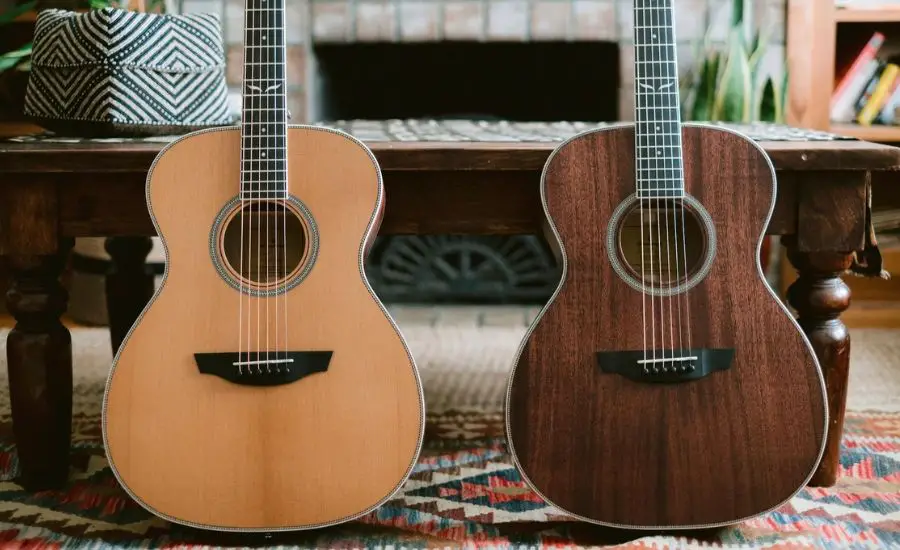
Wood Properties
Spruce. Spruce wood typically has a slightly lower density compared to certain types of pine.
The average dried weight of spruce varies depending on the species and can range between 400-600 kg/m3.
Pine. Pine wood can have a slightly higher density compared to spruce. The average dried weight of pine varies depending on the species and can range from 400-700 kg/m3.
Other wood uses
Paper Pulp. Both spruce and pine wood are used in the production of paper pulp. The low density of spruce wood makes it suitable for this purpose.
Low Density Wood. Spruce is commonly considered a low density wood, which can make it easier to work with in certain applications.
Both types of wood possess distinctive characteristics and offer various advantages.
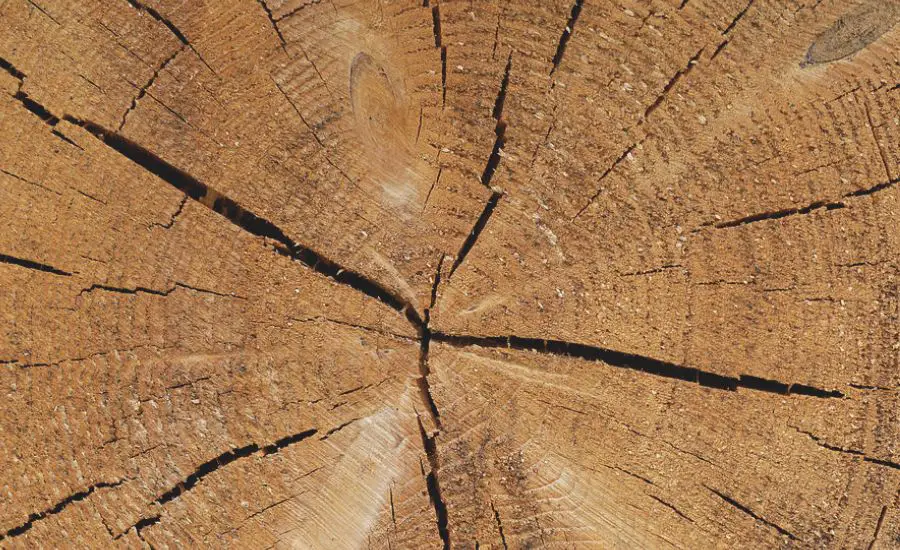
Summar up
In conclusion, it is undeniable that most hardwoods offer immense value as cost-effective and versatile materials. The object of this page is spruce wood.
Spruce wood properties are comfortable to use, as construction lumber very common decision is sitka spruce, for different decorations and furniture good to use black spruce and white spruce as well. Not only in construction but holidays and musical industry due to uniform texture that is cozy to work with, spruce wood is used almost everywhere.
Because of their wide geographic availability, tree species like the Norway spruce are widely used.


![Sapele vs. walnut wood [5 main differences] Sapele Vs. Walnut Wood: Top 5 Differences & Best Guide](https://bestwoodforcarving.com/wp-content/uploads/2024/01/wood-53-335x220.jpg)
![Mango wood furniture pros and cons [9 tips] Mango wood furniture pros and cons + 9 tips before you buy](https://bestwoodforcarving.com/wp-content/uploads/2024/01/wood-51-335x220.jpg)
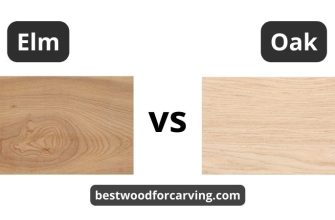
![Which advantages and disadvantages of hickory wood? [8 factors] Top 8 Disadvantages Of Hickory Wood: Best Helpful Guide](https://bestwoodforcarving.com/wp-content/uploads/2024/01/wood-38-335x220.jpg)
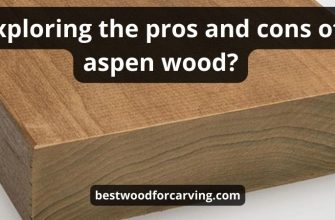
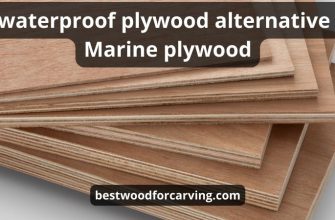
![How Long Do Wood Pellets Last? [6 Essential Insights Unveiled] How long do wood pellets last](https://bestwoodforcarving.com/wp-content/uploads/2023/12/How-Long-Do-Wood-Pellets-Last-6-Essential-Insights-Unveiled-2-335x220.jpg)
![Tung oil vs polyurethane [4 main comparison factors] Tung Oil Vs Polyurethane: Top 4 Factors & Best Helpful Guide](https://bestwoodforcarving.com/wp-content/uploads/2023/12/wood-14-335x220.jpg)
![Is tung oil flammable? [7 Preventive measures] Is Tung Oil Flammable: Top 7 Safe Tips & Best Guide](https://bestwoodforcarving.com/wp-content/uploads/2023/12/What-is-a-Wood-Planer-3-335x220.jpg)